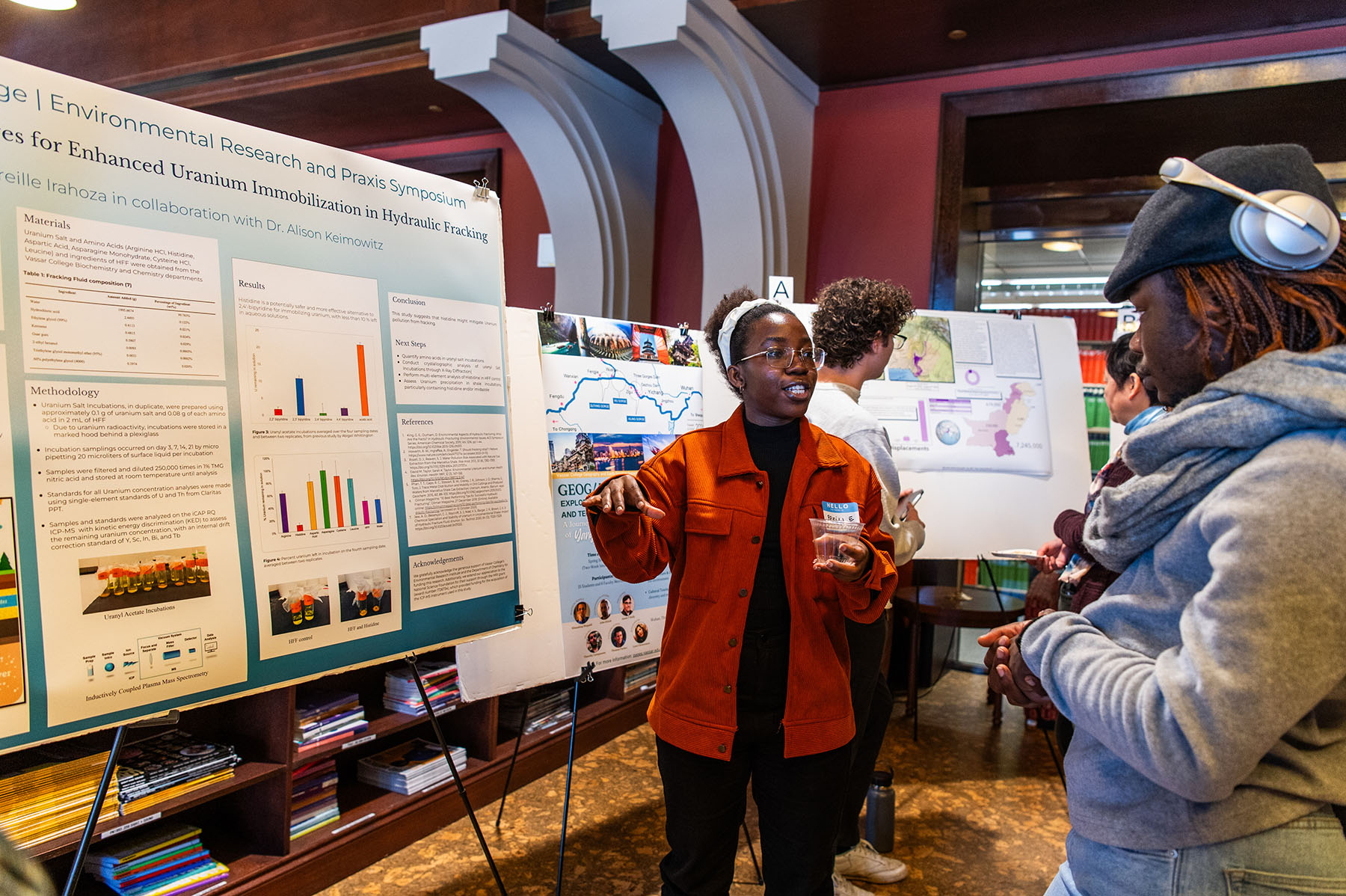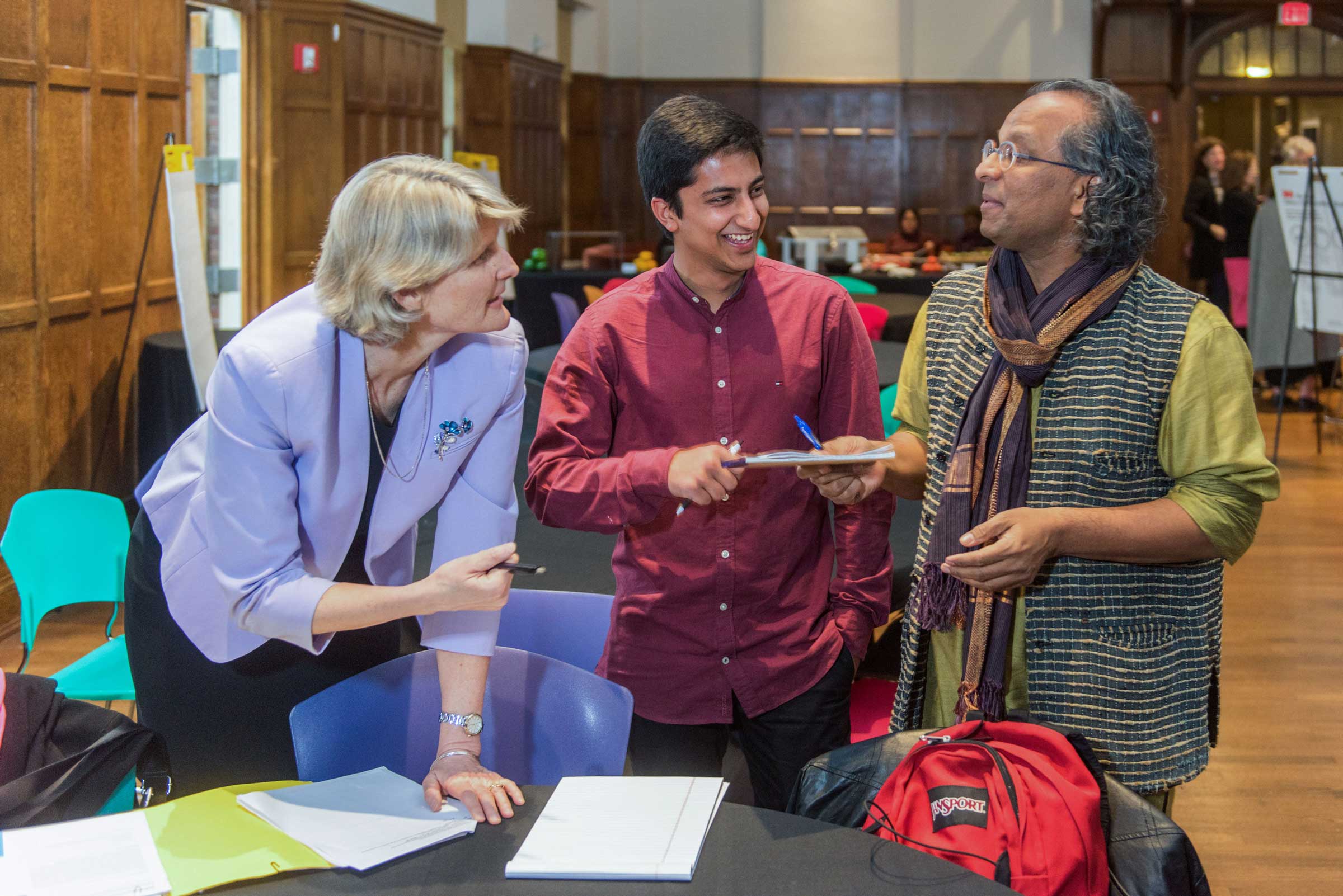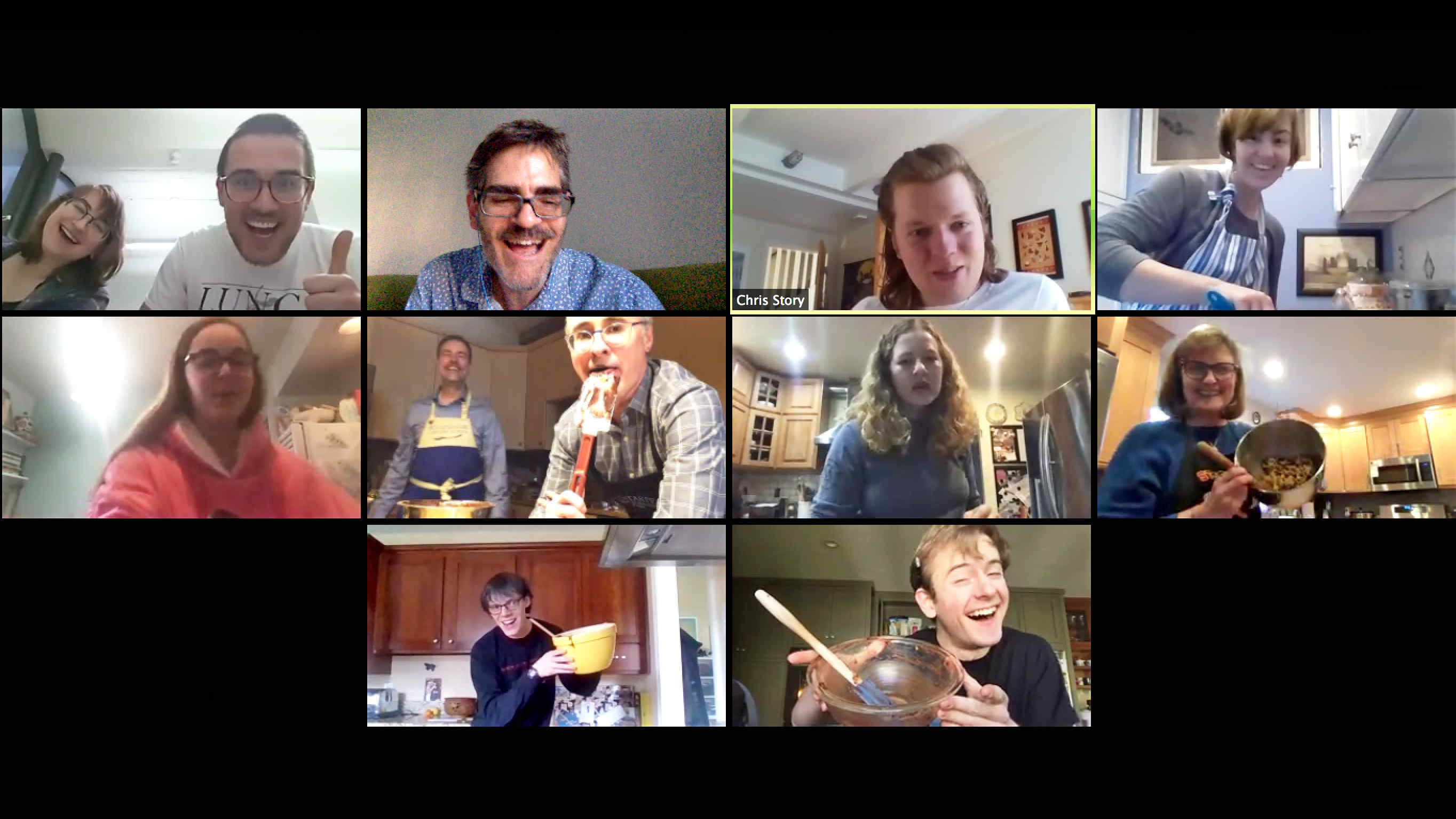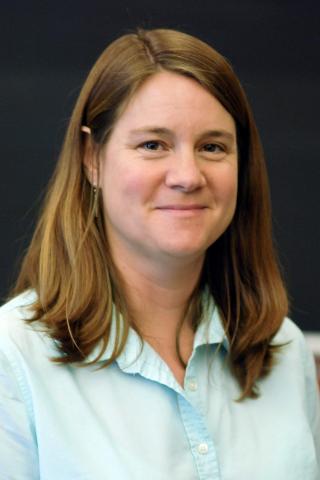Jodi Schwarz
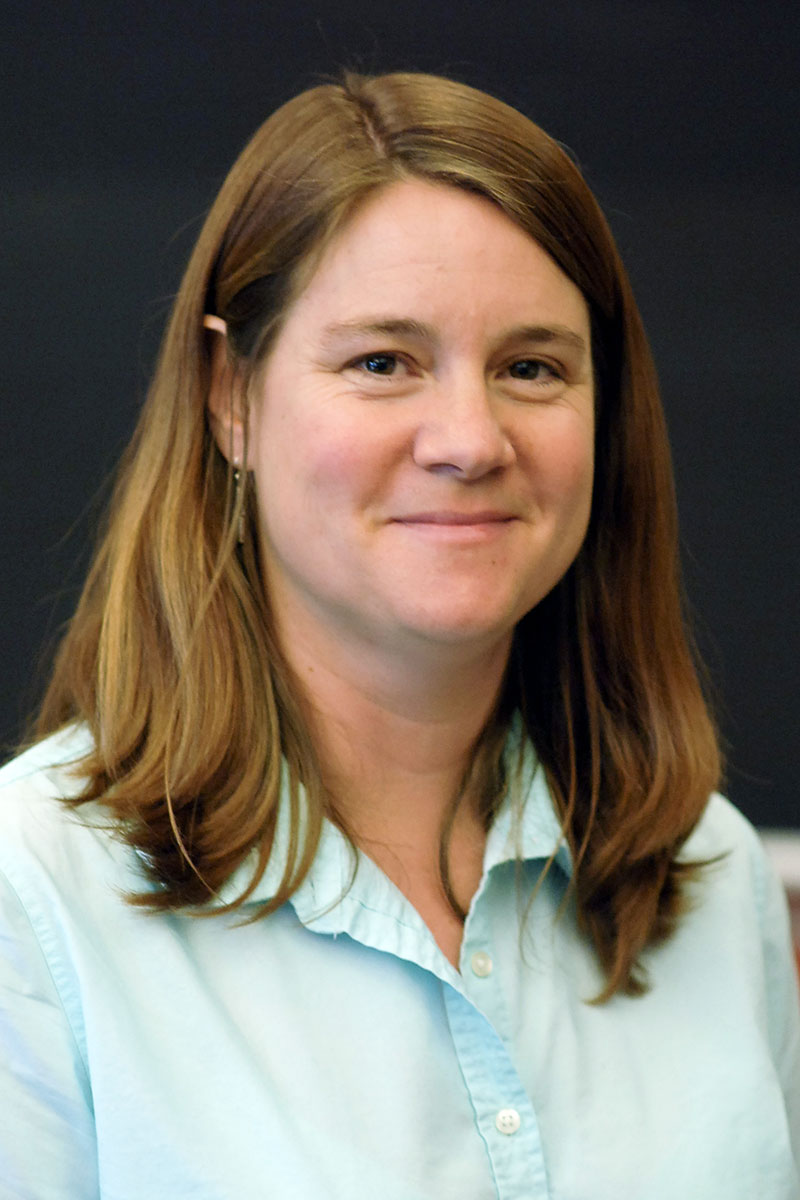
Dr. Schwarz is an associate professor of Biology with participation in the Biochemistry and Environmental Studies multidisciplinary programs. Her Symbiosis, Reproduction, and Inclusive Science research lab focuses on coral symbiosis and reproduction, as well as evidence-based inclusive science pedagogy. She was the Founding Director of Vassar’s Grand Challenges program, an initiative to study and foster an inclusive community of scholars and learners at Vassar, with funding from a Howard Hughes Medical Institute’s Inclusive Excellence grant. Dr. Schwarz has also served as the Director of Vassar's URSI Summer Research program, Vassar's Environmental Research Institute, and Vassar's Interdepartmental Biochemistry Program. She served as a visiting faculty researcher at DIS Study Abroad.
Dr. Schwarz is an associate professor of Biology with participation in the Biochemistry and Environmental Studies multidisciplinary programs. Her Symbiosis, Reproduction, and Inclusive Science research lab focuses on coral symbiosis and reproduction, as well as evidence-based inclusive science pedagogy. She was the Founding Director of Vassar’s Grand Challenges program, an initiative to study and foster an inclusive community of scholars and learners at Vassar, with funding from a Howard Hughes Medical Institute’s Inclusive Excellence grant. Dr. Schwarz has also served as the Director of Vassar's URSI Summer Research program, Vassar's Environmental Research Institute, and Vassar's Interdepartmental Biochemistry Program. She served as a visiting faculty researcher at DIS Study Abroad.
Background
- BA History 1989 Oberlin College
- BA Biology 1994 University of California, Santa Cruz
- MS Marine Sciences 1996 UC Santa Cruz
- PhD Zoology 2002 Oregon State University
- Postdoc Researcher, Microbiology & Immunology, Stanford University
- Postdoct Researcher, Evolutionary Genomics, Joint Genome Institute
Research Interests
Coral symbiosis and genomics. The beautiful and biodiverse coral reef ecosystem is built upon the back of a symbiotic interaction between corals and photosynthetic algal symbionts. The symbionts produce food and stimulate growth of the coral skeleton, resulting in growth rates sufficient to form both the actual rock and the ecological foundation to support the hundreds of species that comprise coral reef ecosystems. My lab works on several aspects of coral biology and symbiosis, primarily using genomic, cellular, and bioinformatic approaches as tools. We employ the sea anemone Aiptasia pallida as a model organism, but also work with corals in their native enivronment in Bermuda, Taiwan, and Japan. Our amazing Vassar students in Biology, Biochemistry, Environmental Studies, and Computer Science are actively involved in the lab, and have served as the inspiration for some of the lines of research that are now central to the lab. Currently, with several collaborators, we are pursuing several lines of investigation:
- the genetic basis of reproduction in corals
- the genetic, proteomic, and lipidomic basis for interactions between the host and symbiont
- responses of corals to environmental stressors
Genomics Pedagogy. I am interested in investigating pedagogical approaches for supporting authentic genomics and bioinformatics research in the classroom. With collaborators, we are implementing and assessing ways to scaffold student learning so that they can do genomics research without losing sight of the underlying biological concepts and processes.
Teaching Interests
My teaching goals include working with students to become integrative thinkers of biology. Courses I've taught include:
- BIOL105 Let’s Get Together: Symbiosis in Biology
- BIOL106 Introduction to Biological Investigation
- BIOL244 Genetics and Genomics
- ENST245 Global Decline in Coral Reefs (with Brian McAdoo in Earth Science)
- ENST260 Climate Change in the Caribbean (with Lisa Paravisini)
- BIOL353 Bioinformatics (with Marc Smith in Computer Science)
- BIOL 380 Engaging Biologists and Their Research
- BIOL387 Symbiotic Interactions
Departments and Programs
Courses
BIOL 244 Genetics and Genomics
Selected Publications
- Schwarz, J.A. Climate Change, Human Displacement, and STEM Education: toward a more transdisciplinary and inclusive culture of science. 2023. In: Forced Migration and Higher Education: Now What? Palgrave-Macmillan.
- Poole AZ, Mitchell G, Roark AM, Schwarz J. 2022. SEAS CURE: Exploring Coral Biology Across Scales. CourseSource 9.
- Schwarz, J., Bjork, C. Cameron, J., Hunter A-B, Pacio, T. Perillán, J. 2021. Grand Challenges: Building interdisciplinary communities to tackle complex global issues. Federation of American Associations for Experimental Biology Journal: Biochemistry and Molecular Biology.
- Livingston, N., Bernatskiy, A., Livingston, K., Smith, M., Schwarz, J., Bongard, J., Wallach, D., and J. Long. 2016. Modularity and Sparsity: Evolution of Neural Net Controllers in Physically Embodied Robots. Frontiers in Robotics and AI. vol. 3.
- Larson, A., Cappelle, C., Livingston, K., Livingston, N., Long, J., Schwarz, J., Smith, M., and J. Bongard. 2016. Recombination Hotspots Promote the Evolvability of Modular Systems. Proceedings of the 2016 Genetic and Evolutionary Computation Conference Companion: 115-116.
- Lehnert EM, Mouchka ME, Burriesci MS, Gallo ND, Schwarz JA, Pringle JR. “Extensive differences in gene expression between symbiotic and aposymbiotic cnidarians.” G3 (Bethesda). 2014 Feb 19; 4(2):277-95. doi: 10.1534/g3.113.009084. PubMed PMID: 24368779; PubMed Central PMCID: PMC3931562.
- Garrett, T.E., Schmeitzel, J., Klein, J., Hwang, J., and Schwarz, J. 2013. “Comparative lipid profiling of the cnidarian Aiptasia pallida and its dinoflagellate symbiont.” PLOS One.
- Singer, S.R., Schwarz, J.A., et al. 2013. “Keeping an Eye on Biology.” Science. 339: 408-409.
- Schwarz, J.A., Mitchelmore, C.L, Jones, R., O’Dea, A., Seymour, S. 2013. “Exposure to copper induces oxidative and stress responses and DNA damage in the coral Montastraea franksi.” Comparative Biochemistry and Physiology C 157: 272–279.
- Banta, L.M., Crespi, E.J., Nehm, R.H., Singer, S., Schwarz, J.A., Manduca, C.A. and participants. 2012. “Genomics and Bioinformatics Across the Curriculum: Inquiry-based modules for introductory to upper level biology courses.” [Cover Story] CBE-Life Sciences Education 11:203-208.
- Baumler, D.J., Banta, L.M., Hung, K.F., Schwarz, J.A., Cabot, E. L., Glasner, J.D., Perna, N.T. 2012. “Using comparative genomics for inquiry-based learning to dissect virulence of Escherichia coli O157:H7 and Yersinia pestis.” CBE-Life Sciences Education 11:81-93.
- Sunagawa, S., Wilson, E., Thaler, M., Smith, M., Medina, M., Weis, V., Pringle, J., Schwarz, J. 2009. “Generation and analysis of transcriptomic resources for a model-system on the rise: the sea anemone Aiptasia pallida and its dinoflagellate endosymbiont.” BMC Genomics 10:258.
- Voolstra. C., Schwarz, J., Schnetzer, J., Sunagawa, S. DeSalvo, M., Szmant, A., Coffroth, M.A., Medina, M. 2009. “The host transcriptome remains unaltered during establishment of coral-algal symbioses.” Molecular Ecology 18(9):1823-33.
- Schwarz, J.A. 2008. “Understanding the intracellular niche in cnidarian-Symbiodinium symbioses: parasites lead the way.” Vie et Millieu: Life and the Environment. 58 (2): 141-151. Link
- Voolstra, C., Sunagawa, S., Schwarz, J.A., Coffroth, M.A., Yellowlees, D., Leggat, W., Medina, M. 2008. “Evolutionary analysis of orthologous cDNA sequences from cultured and symbiotic dinoflagellate symbionts of reef-building corals (Dinophyceae: Symbiodinium).” Comp Biochem Physiol D Genomics and Proteomic 4:67-74.
- DeSalvo, M.,Voolstra, C., Sunagawa, S., Schwarz, JA.., Coffroth, M.A., Szmant, A., Stillman, J.H., Medina, M. 2008. “Differential gene expression during thermal stress and bleaching in the Caribbean coral Montastraea faveolata.” Molecular Ecology 17: 3952-3971.
- Schwarz JA, Brokstein PB, Voolstra CR, Terry AY, Miller DJ, Szmant AM, Coffroth MA, Medina M. 2008. “Coral Life History and Symbiosis: functional genomic resources for two reef building Caribbean corals, Acropora palmata and Montastraea faveolata”. BMC Genomics, 9:97.
In the Media
Photos
Download images for non-commercial use, photo credit required.

